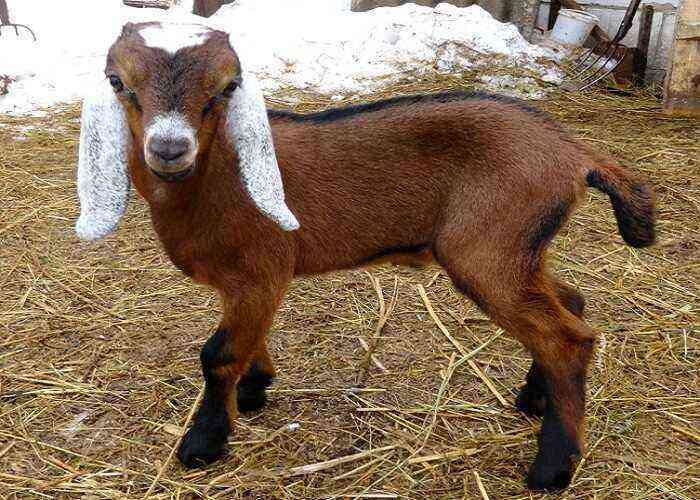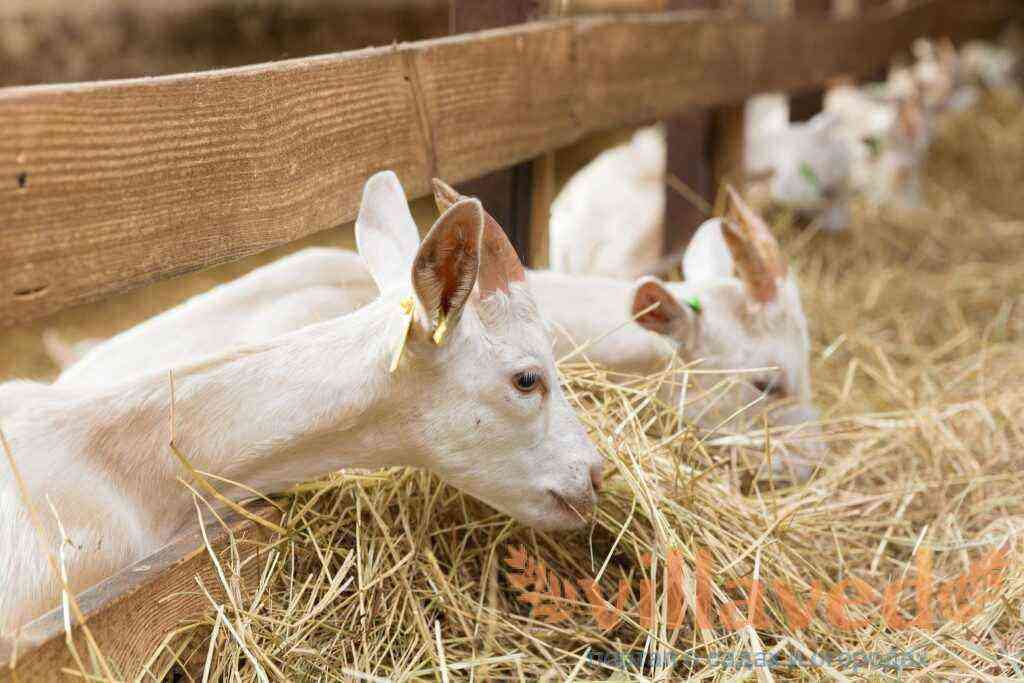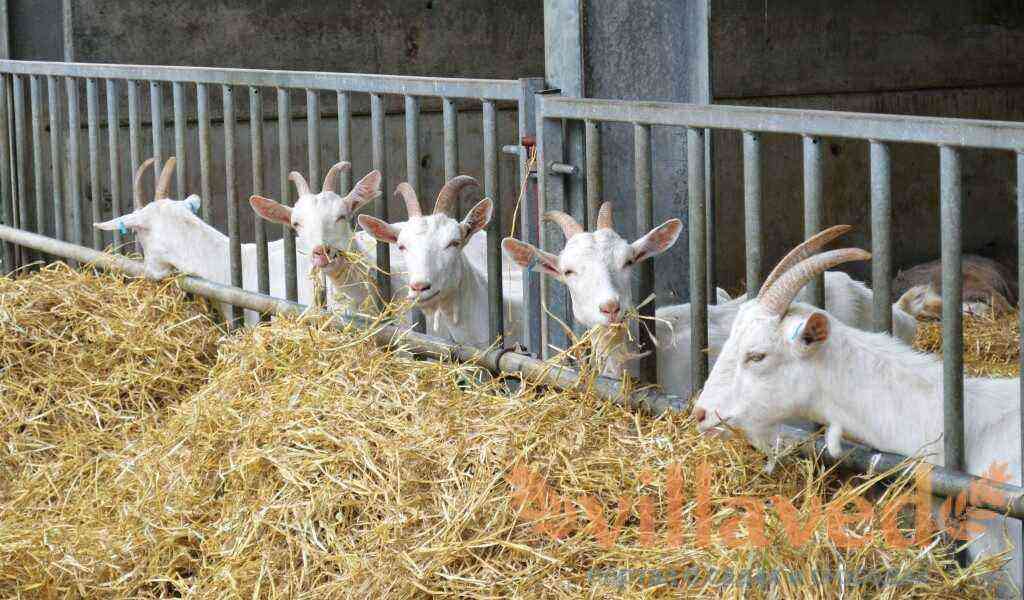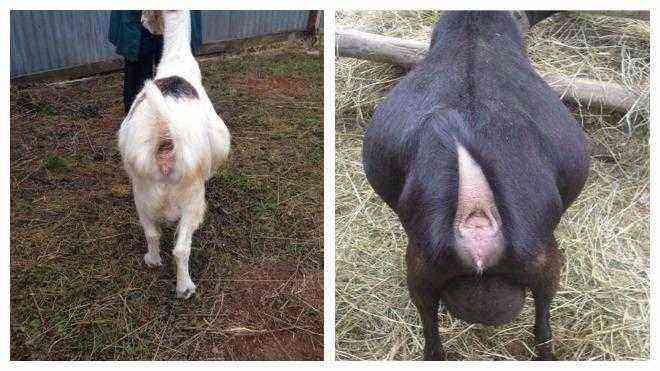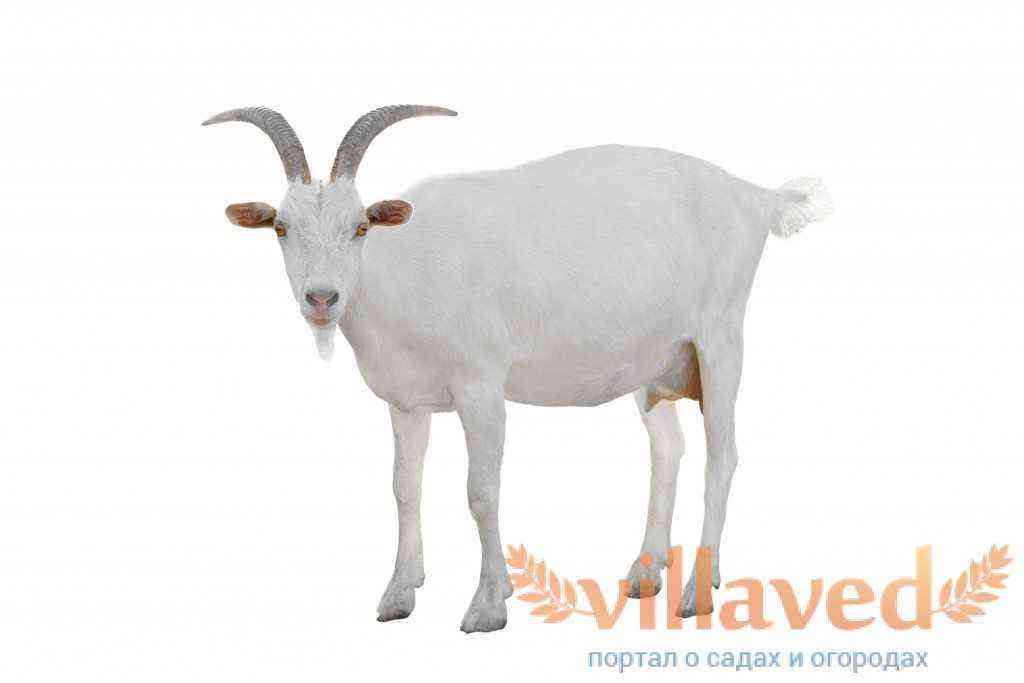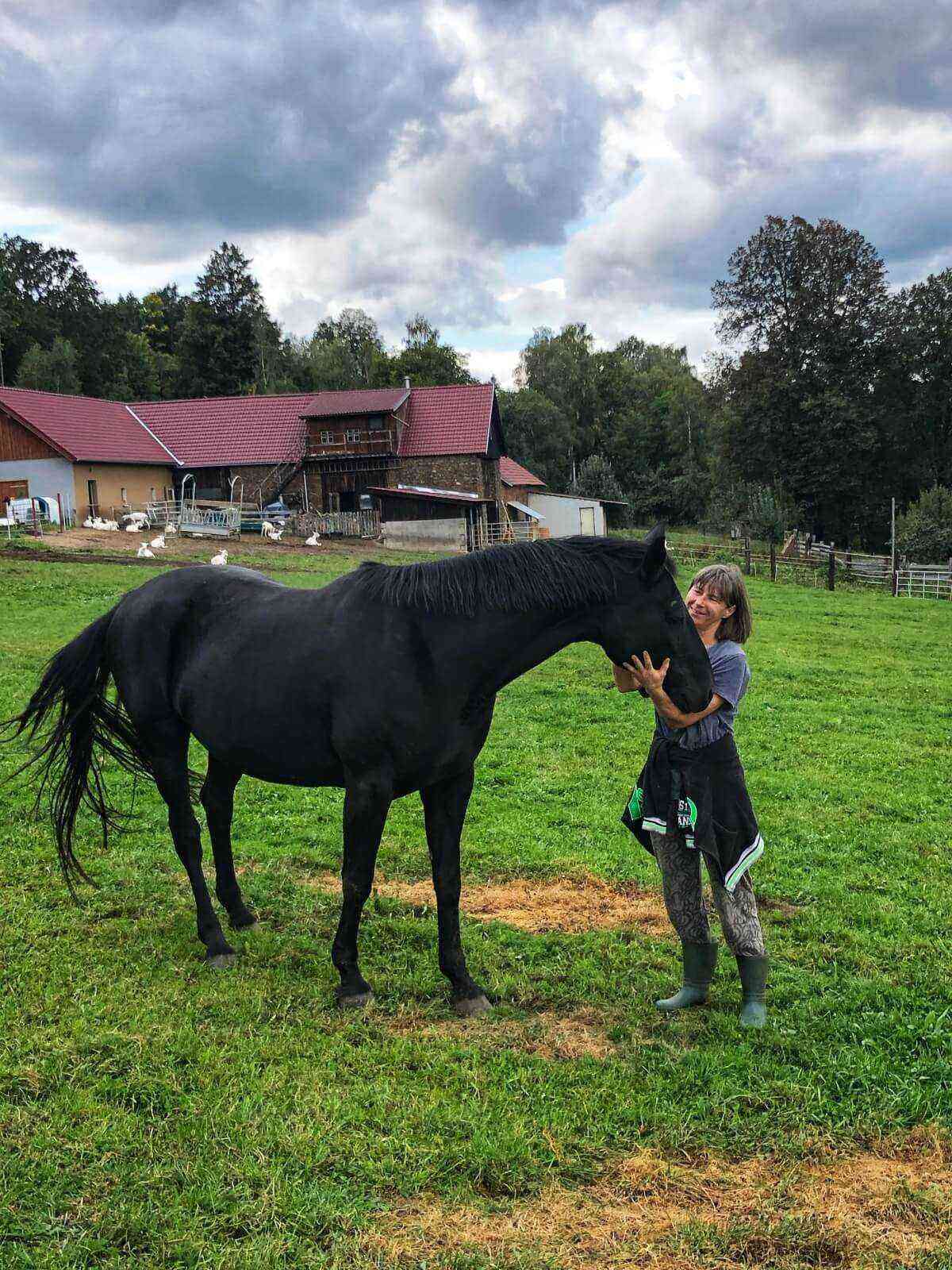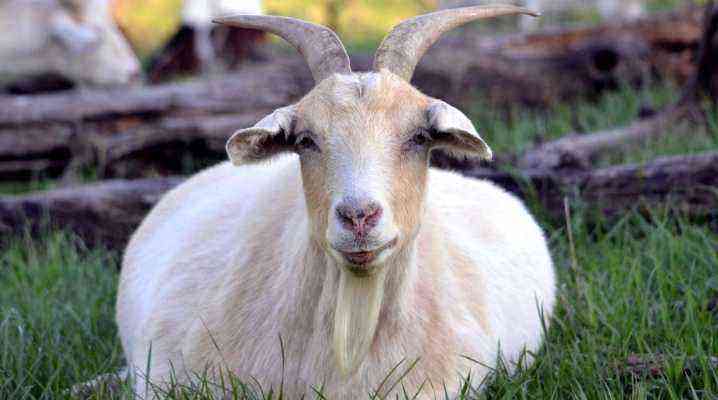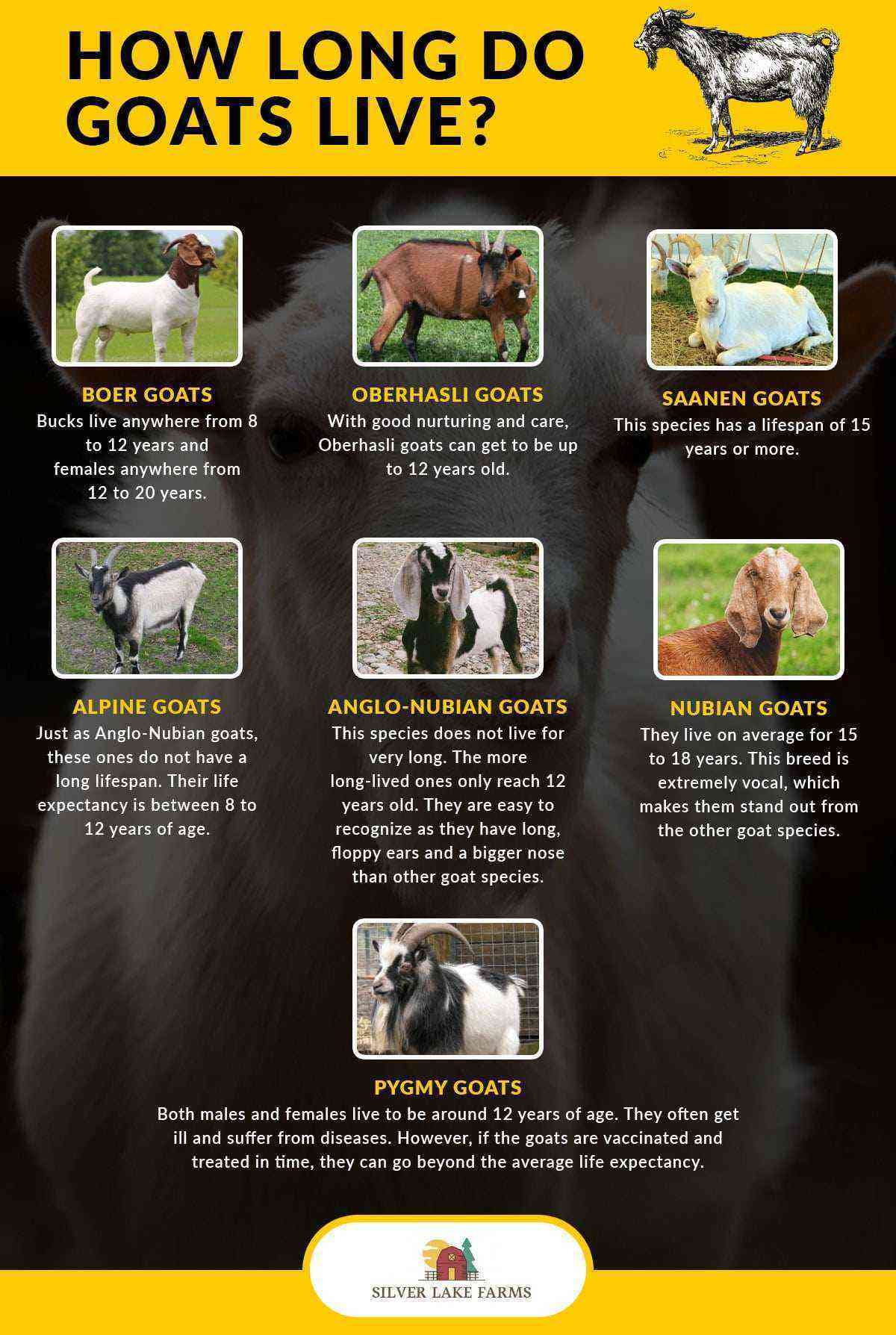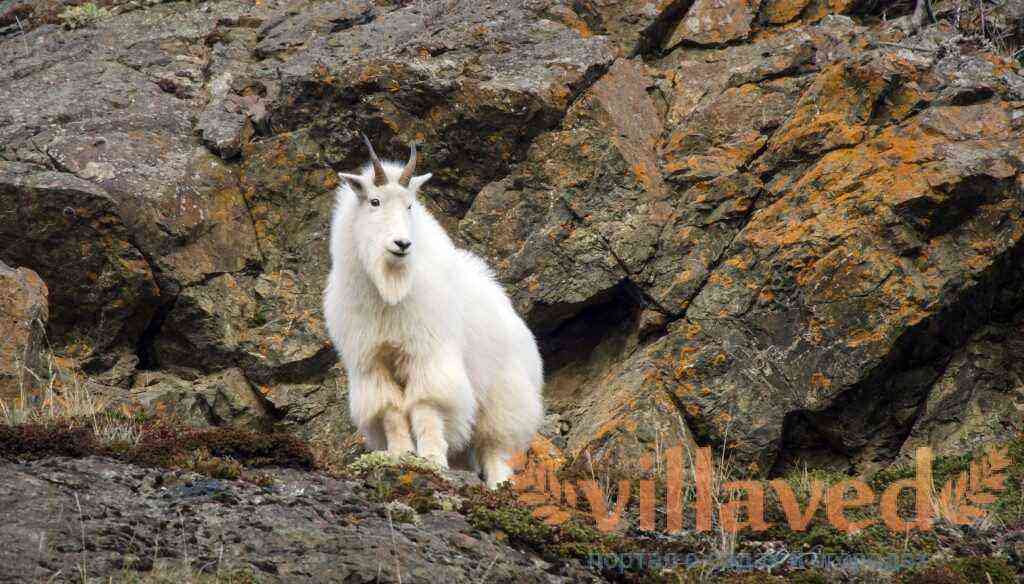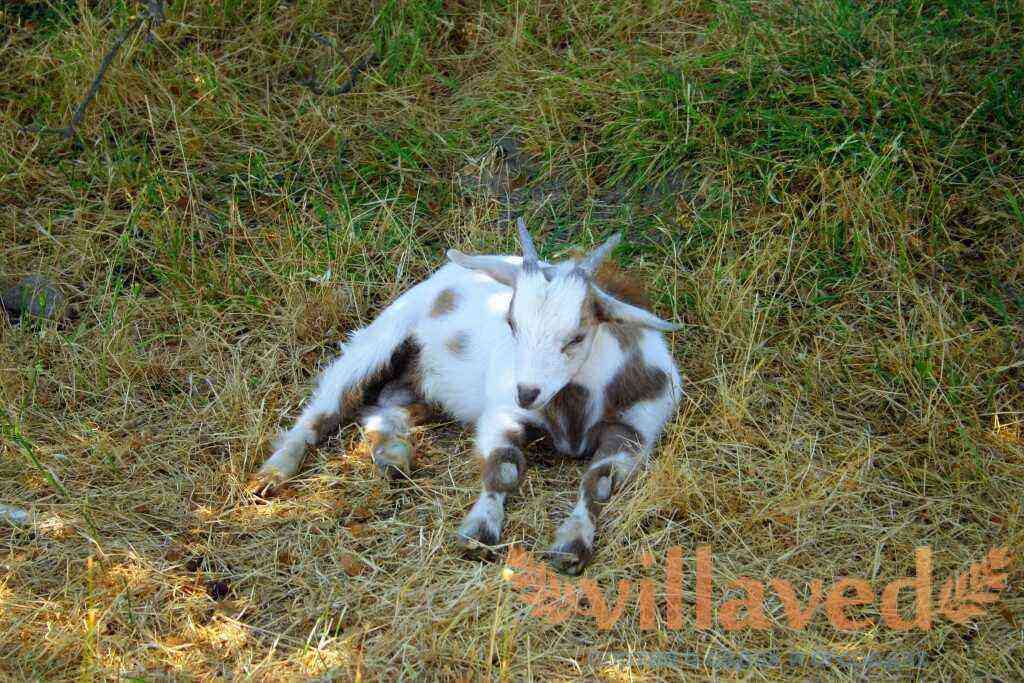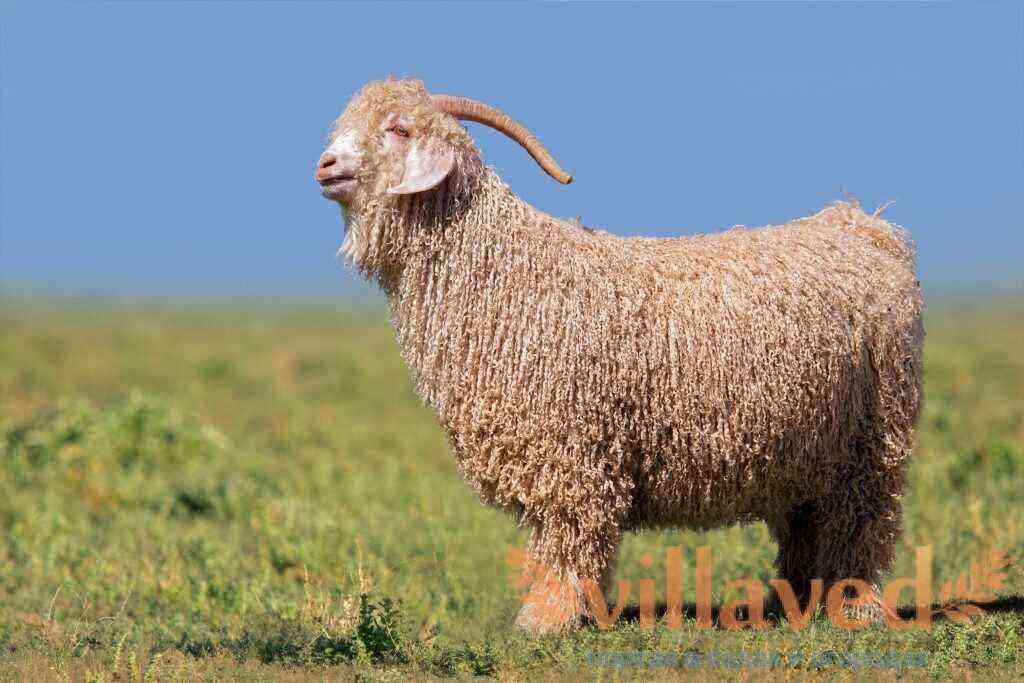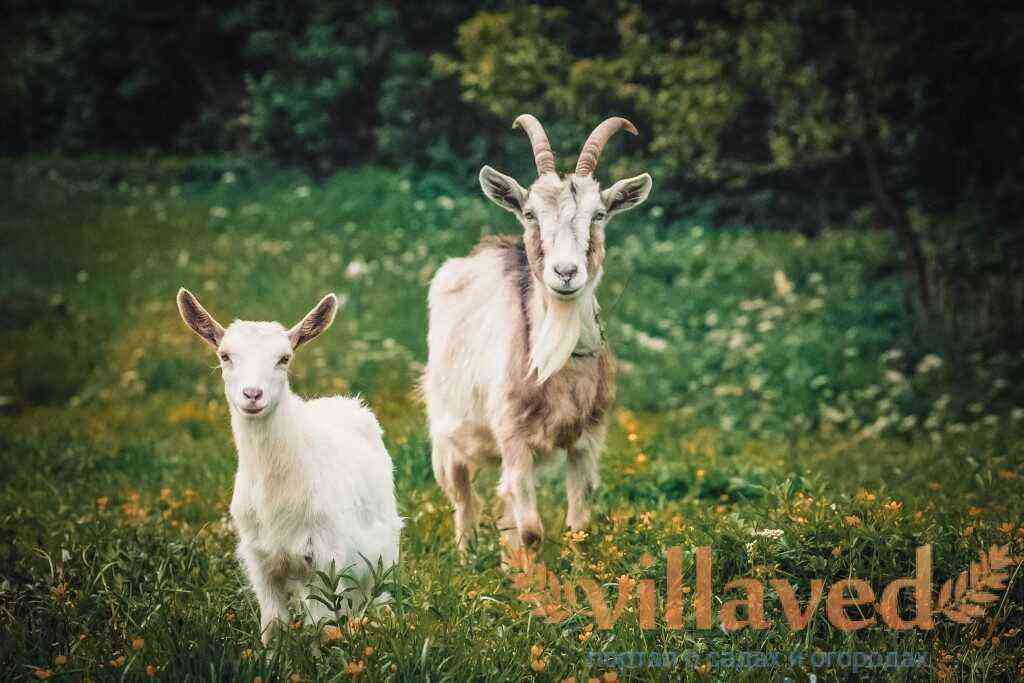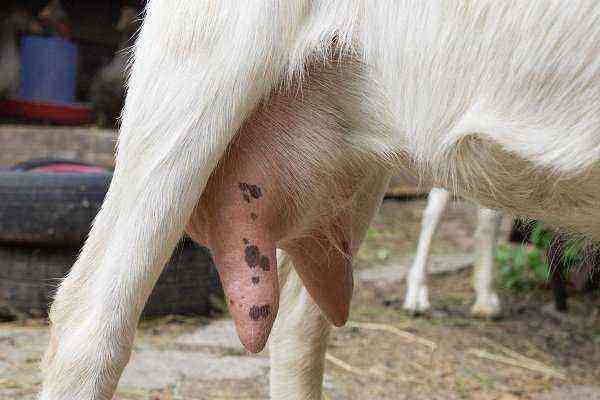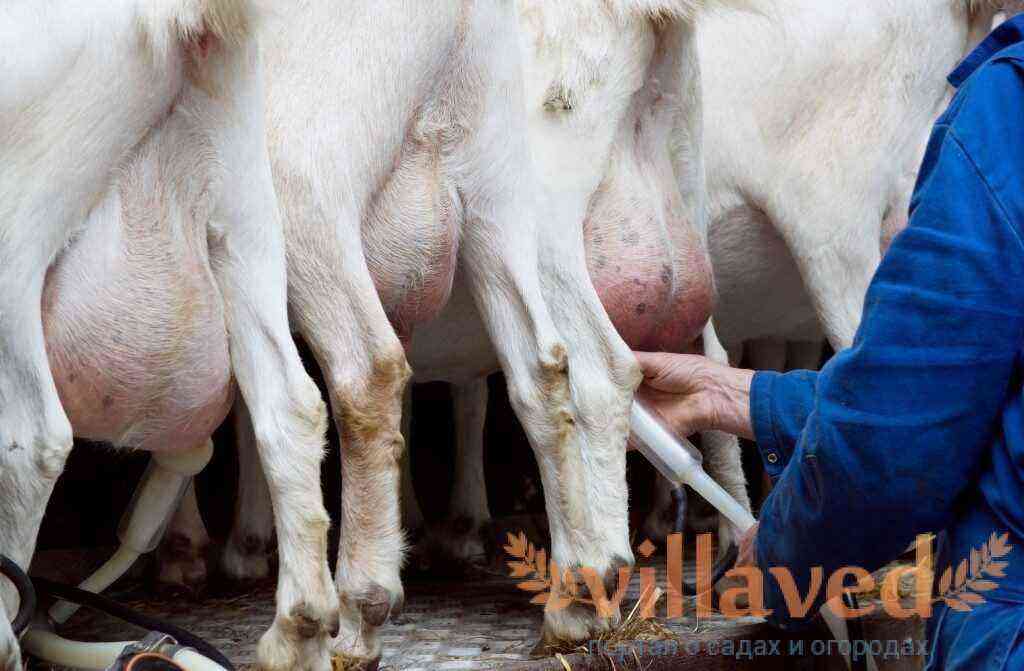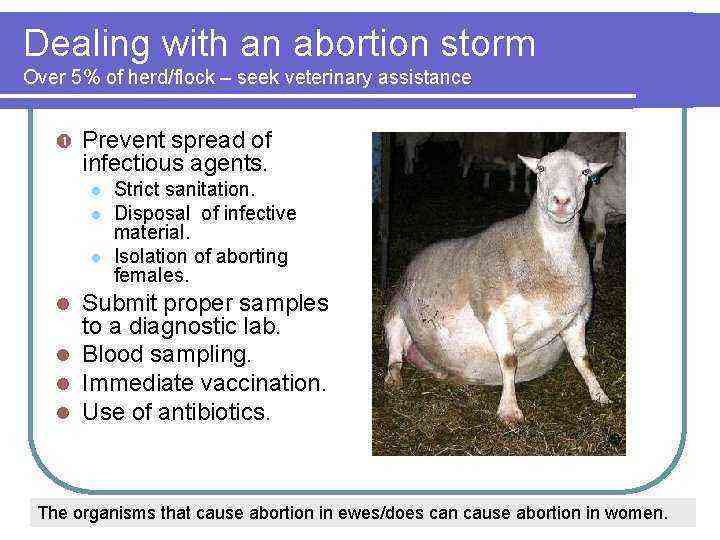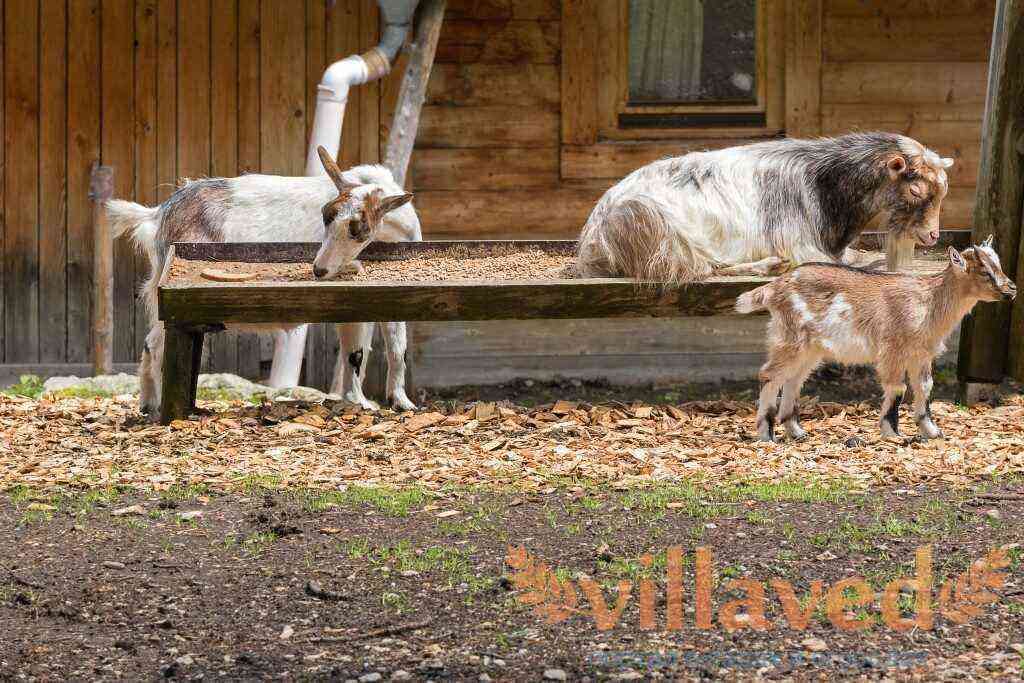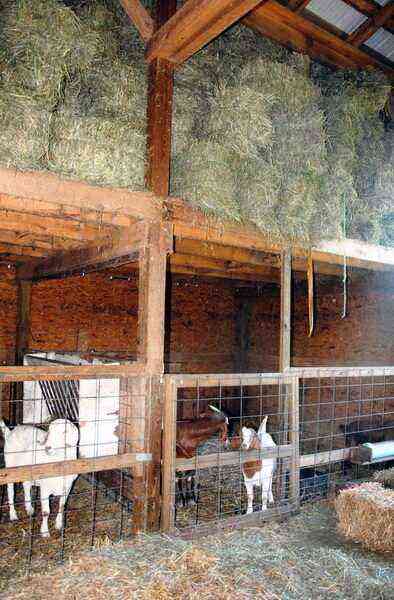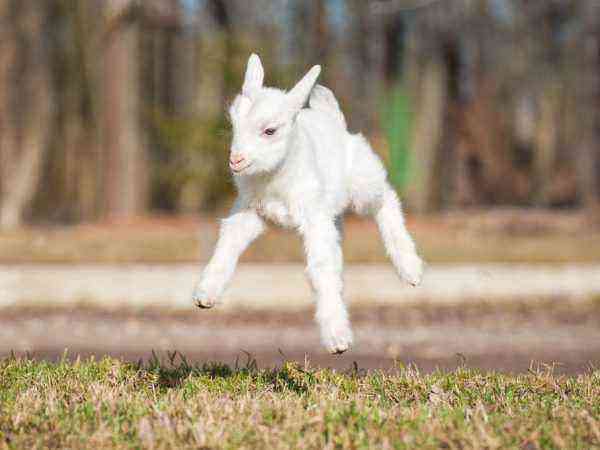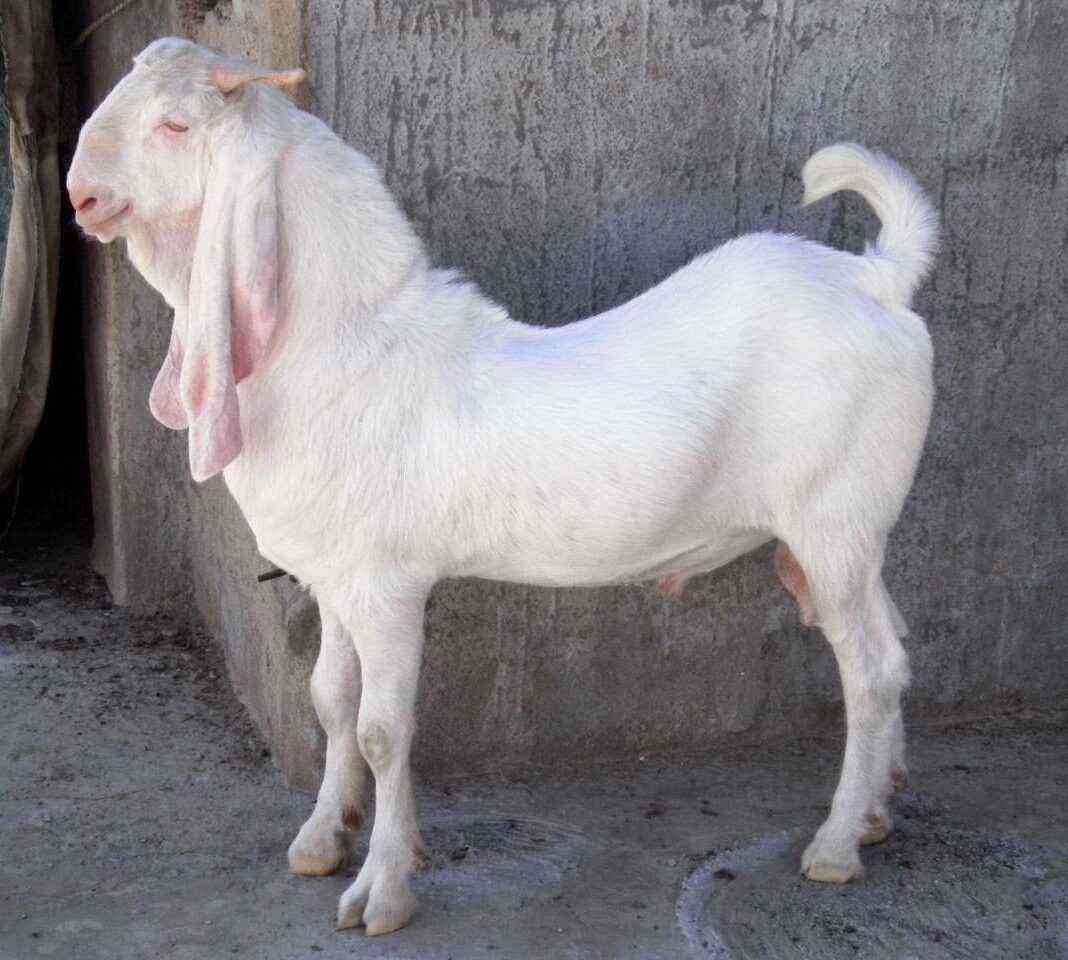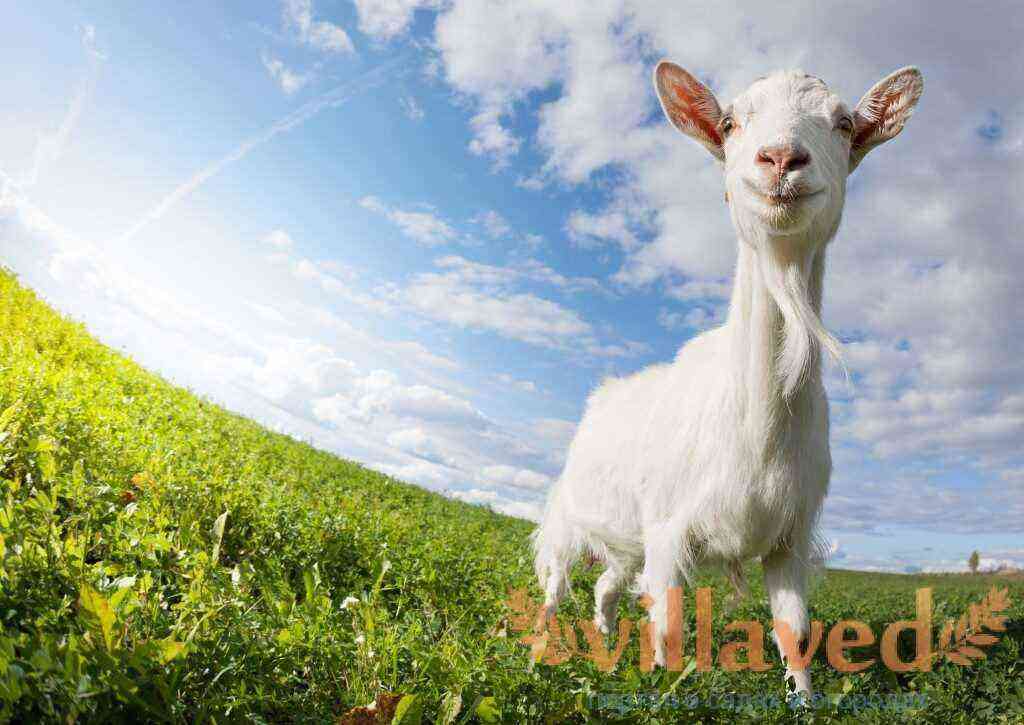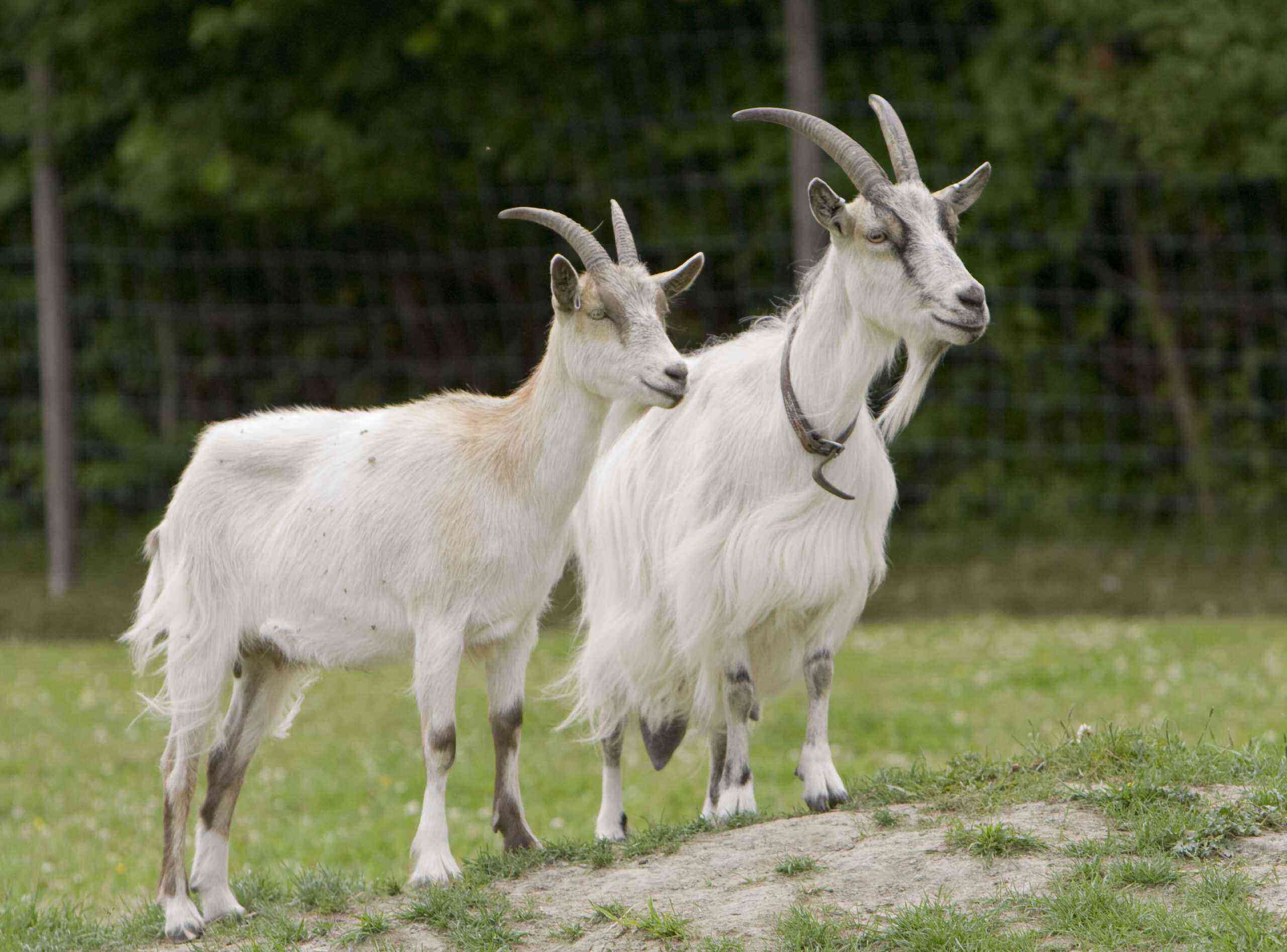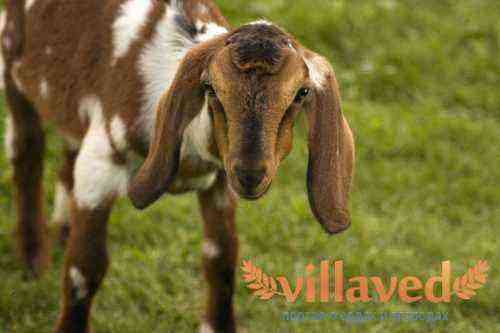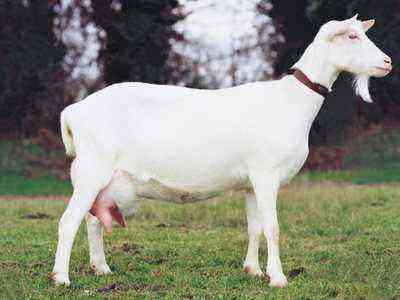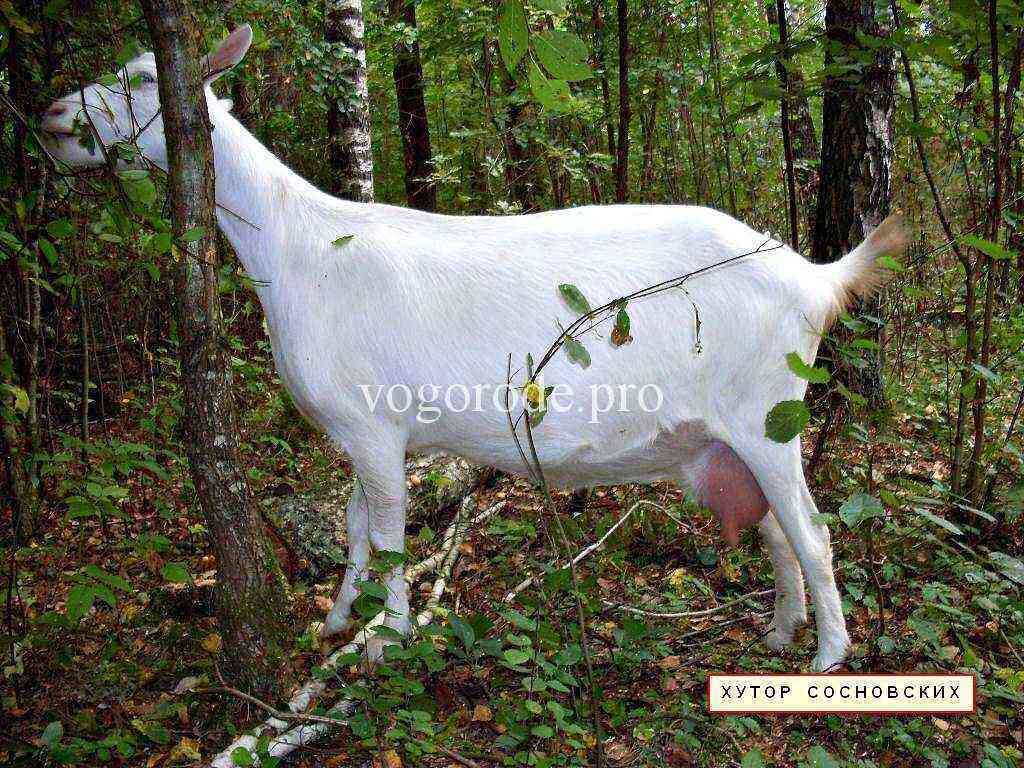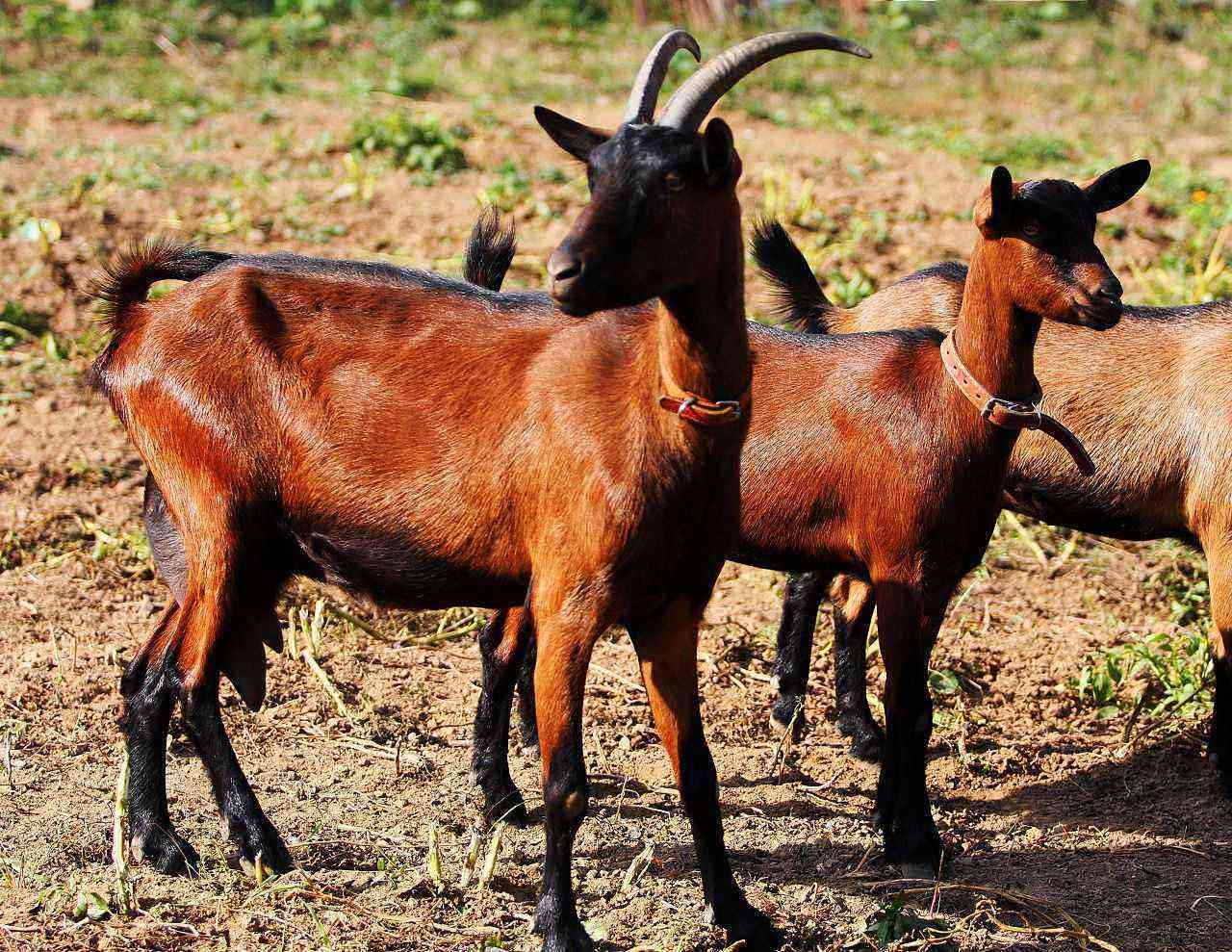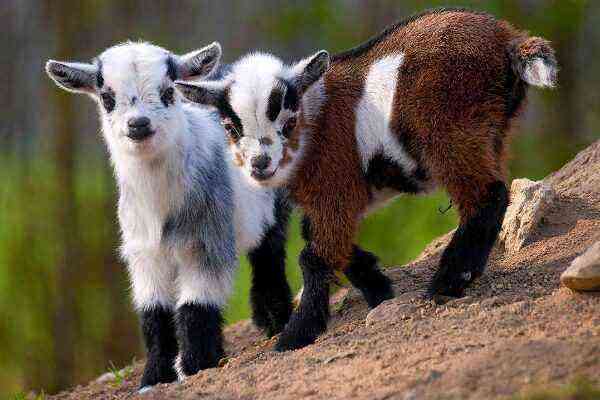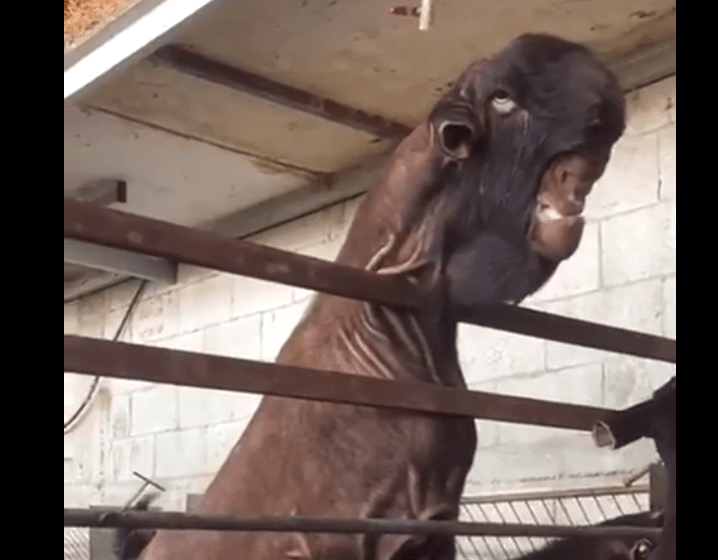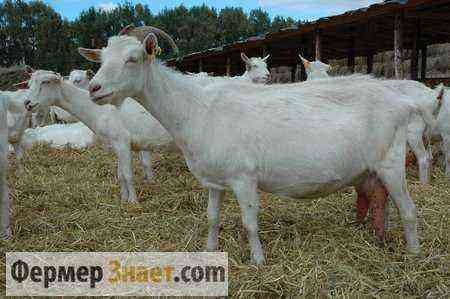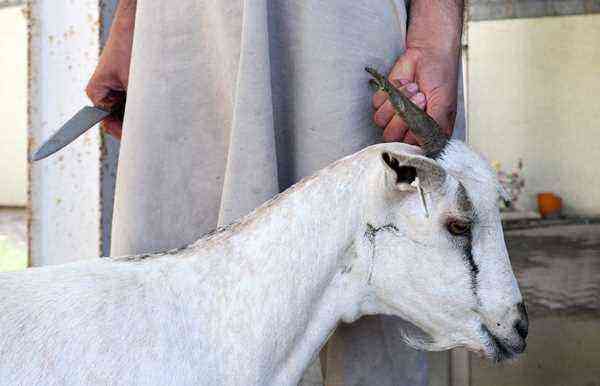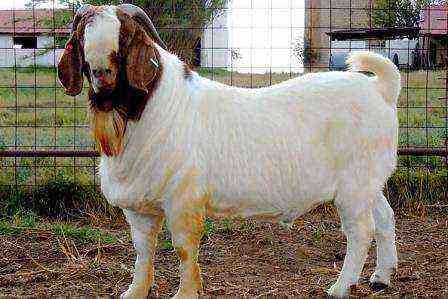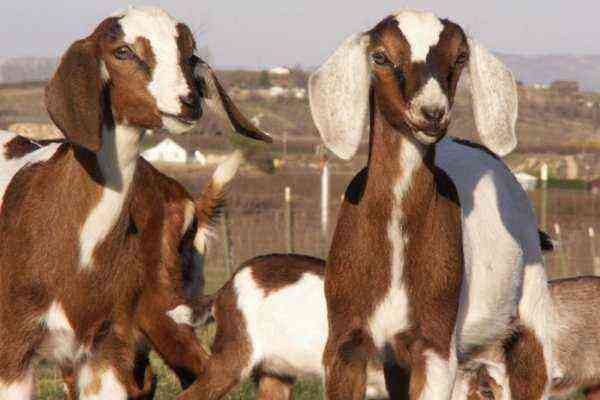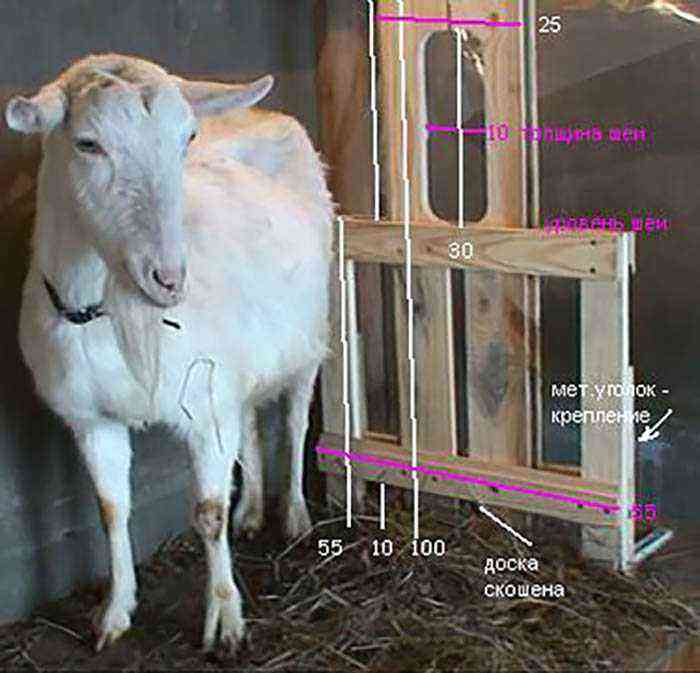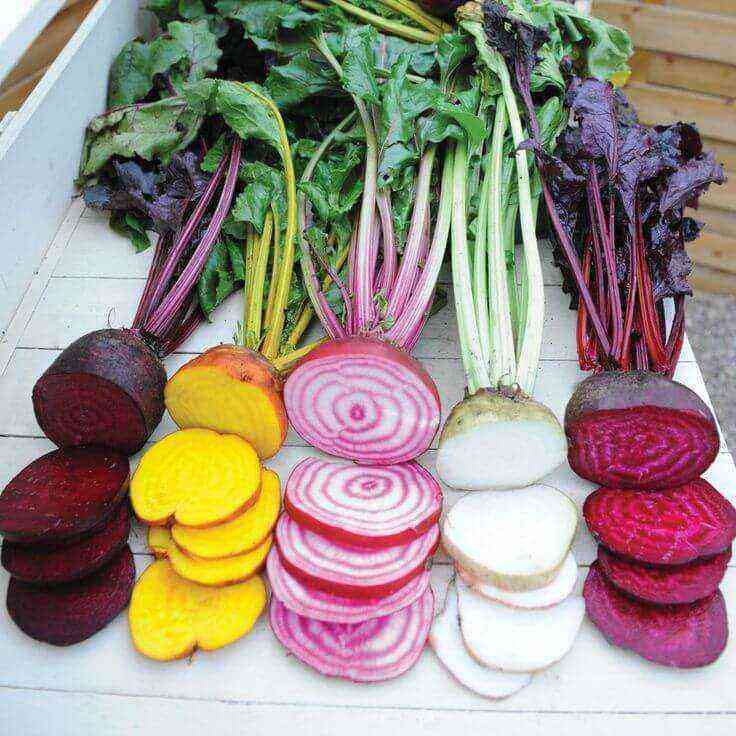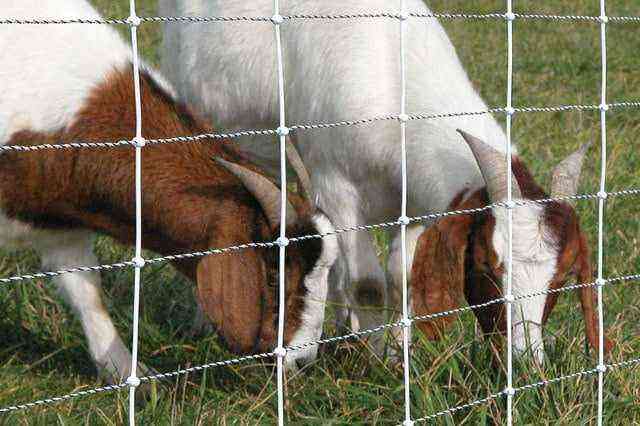The Russian white goat is the most popular dairy breed in Russia. In terms of milk yield, these goats are as close as possible to the best dairy breeds – Saanen and Toggenburg. Next, we will learn about the features of this breed, how to breed it, and how to avoid mistakes.

Breed origin
Breeding lasted for many centuries. The breed improved gradually, from generation to generation. Work was carried out to increase productivity, unpretentiousness and the ability to adapt to difficult climatic conditions.
The breed was formed in stages:
- For centuries, “natural selection” has been carried out. The quality of the breed improved as a result of the so-called “popular selection”.
- At the end of the 19th century, professional breeders took up the breed, noticing its potential.
- With the advent of the 20th century, the Russian breed began to be crossed with European goats, which, overtaking Russian goats in productivity, could not survive in the harsh climatic conditions characteristic of Russia. Males of English, German and Swiss breeds were taken for crossing. Such selection did not bring special results.
- In the 70-80s of the 20th century, breeders made a second attempt. The females of the Russian breed were crossed with the famous Toggenburgers and Saanen. As a result, it was possible to breed goats with increased milk yield.
Exterior and defects
The breed belongs to the medium group. It is easy to distinguish it from other dairy goats, the Russian White is much smaller than the Saanen and Toggenburgers, the undisputed leaders in terms of milk yield.
External signs:
- Body. Strong and stretchy. The chest is wide.
- Head. Small, neat. Some individuals have “earrings” under the jaw.
- Neck. In females it is elongated, in males it is short.
- Horns. Curved with a sickle. Goats are often twisted back. Hornless goats – up to 15%.
- Ears. Small, standing type.
- Legs. The length is medium, the joints are strong.
- Beard. In males and females.
- Wool. Thick, medium length.
- Color. Mostly white. There are options – a grayish color or white with beige tan marks.
- Udder. The shape is correct, rounded. Nipples are elongated.
The defect of the breed, which determines its purity, is the lop-earedness. Ideally, the ears should be erect and slightly pointed. Individuals with hanging ears are not allowed to breed.
Standards for females and males:
Parameters Goat Goat Live weight, kg 73 52 Height at the withers, cm 83 54 Height at the sacrum, cm 80 59 Chest depth, cm 42 29 Chest width, cm 19 16 Oblique torso, cm 75 57 Chest girth, cm 103 82 Width in makloks , cm 5 14 Metacarpal circumference, cm 18 8 Head length, cm 20 21 Forehead width, cm 12 13
The goats have a long body, strong bones, well-set legs. Goats are also quite large, but in most respects they are still inferior to males.
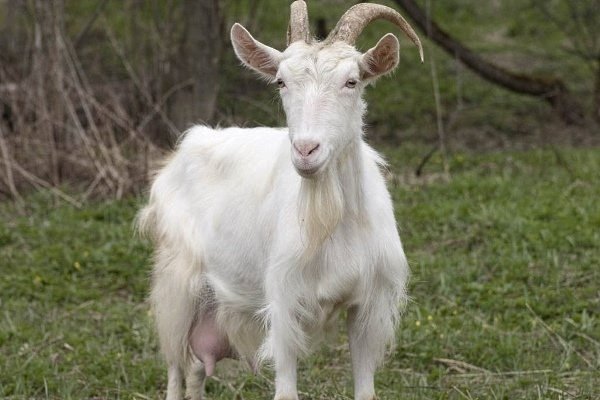
Main characteristics of Russian white goats
The breed belongs to goats of milk productivity. The main purpose of its breeding is to obtain milk. All other “income items” are secondary. As befits dairy goats, Russian Whites have long nipples that are convenient for manual and machine milking.
The main difference between the Russian breed and foreign analogues is the presence of fluff under the thick coat. This feature is associated with the ability of the breed to survive in harsh conditions.
Productivity
Productivity Objects:
- Milk. For a year, one goat gives from 500 to 850 liters of milk. Milk yield depends on care. Other indicators of milk production:
- duration of lactation – 270-280 days;
- daily milk yield – 1-2 l;
- calorie content – 687 kcal / kg;
- fat content – 4-5%;
- protein – 2,8-3,2%;
- casein – 2,1-2,5%;
- lactose – 4,5-6%.
- Meat. It has a pleasant taste, delicate. Exit from the carcass – 56%. Due to the high reproductive ability of the breed, young animals are often raised for meat. The weight of individuals depends on gender and ranges from 55-85 kg.
- Wool and down. 150-200 g of fluff per year are combed from one goat. It happens that they comb even 400 g each. Warm, soft threads are made from wool. The amount of wool depends on the subspecies of the breed – there are short-haired and long-haired goats.
- Fertility. Females bring 1-2 kids a year. Lambing frequency – 2 times a year.
- Skin (goat). It goes to the manufacture of expensive leather materials – morocco, chevro.
The Russian White has a milk flow rate of 0,4 kg per minute. The average milking time is 3 minutes.
Males are often used in breeding plants as material to improve the milk characteristics of other breeds. In large herds, the Russian White is used for crossing with Saanen goats and other foreign breeds that pass on the gene for high milk production.
Goat temper
The breed is distinguished by a balanced disposition. Other features of the character of White Russian goats:
- not prone to butting;
- changeable – from obedience quickly passes to stubbornness;
- smart;
- gluttonous – eat greedily;
- savvy and like to dominate – polled females suffer from this, not knowing how to repulse horned compatriots;
- in case of fright or illness, they can show hostility.
See the video below for an overview of the Russian White goat breed:
Distribution areas
The most widespread Russian white goat, as well as its subspecies – the Gorky breed, received in the central and northwestern regions of the Russian Federation. Here, in most farms, these goats are bred. In the farms of the Moscow, Leningrad, Ivanovo and Yaroslavl regions, the total population of the breed reaches hundreds of thousands of heads.
Russian white goats, in addition to the listed areas, are also actively grown in the Krasnodar Territory, Mordovia, Saratov and other regions of the Russian Federation. White goats are popular in Belarus and Ukraine.
Advantages and disadvantages
Over hundreds of years of natural “evolution”, as well as as a result of systematic selection, the breed has gained advantages:
- They give a lot of milk.
- Hardy.
- Milk is odorless.
- Friendly and sociable. They recognize the owner of the herd as the leader, and obey him.
Disadvantages of Russian white goats:
- There is a tendency to degenerate the breed. When keeping individuals of different sexes in one pen, the offspring can be born weak and painful. As a result of such mating, freaks are born.
- Pugnacity at a young age.
Content nuances
There is nothing difficult or special in keeping the Russian White breed – these goats are prolific, unpretentious and hardy. The main thing they need is clean and dry barns, as well as a complete diet.
Room requirements for the White Russian breed
Requirements for the goat house and conditions of detention:
- Dry and clean goat’s rue, well ventilated but without drafts. Goats do not tolerate blowing winds – they get sick. Fresh air reduces the risk of illness.
- The floors are made with a slope. The floors are made of concrete, on which boards are laid. Sawdust or straw is thrown on top so that the animals do not frostbite their hooves and legs.
- The air in the barn should be moderately humid. With excessively damp rooms, the risks of developing viruses and infections increase.
- Cleaning is regular. If you do not clean the barn, parasitic insects can start on the walls and in the straw.
In the south, goats can be grazed all year round. In temperate latitudes, the pasture-stall method or keeping in a stall is practiced. The breed is suitable for both small private farms and large-scale breeding.

How and what to feed?
The condition for high milk yields is a competent diet. Until the cold sets in, grass is the basis of goat nutrition. Goats especially willingly eat clover, alfalfa and wheatgrass.
Goat Feeding Tips:
- Vico-oat mixture. A mixture of hay from cereals and legumes. The feeding rate is 2 kg, but the best option is free access.
- Corn silage. It is given during active milking. The norm is up to 1 kg per day.
- dry bean hay – up to 400 g.
- Vegetables and fruits. Up to 300 g per day.
- Chalk and salt. They are added to feed in cold weather. Or they put pressed salt and chalk in plates near the drinkers.
- Grass brooms – nettles and swans, or from branches – aspen, birch, oak.
- Water. Goats should have free access to fresh drinking water – it is changed 2 times a day. In winter, it is desirable to heat the water.
Goats are happy to eat young branches near shrubs, gnaw bark from trees. These animals should not be allowed near fruit and berry plantations.
We recommend reading the article on feeding goats in winter.
Case: features for the Russian White breed
The breed is based on wild and outbred ancestors, from which the Russian White inherited early puberty. Young goats are ready for mating as early as 3 months. But they should be mated no earlier than 7-9 months. The ideal age for mating is 1 year.
Types of mating
The frequency of hunting for goats is from 17 to 22 days. There are usually 5-7 days for mating – during this time the female is restless.
Pairing options:
- Artificial insemination. The most reliable and efficient method. The procedure is carried out by a veterinarian who is armed with quality seed material to ensure a successful outcome.
- Hand case. The owner selects individuals for mating. It is important to avoid mating between closely related individuals.
- Free incident. Animals mate randomly, as they are kept together – males and females.
It is best to breed animals in the fall so that the kids are born in the spring – the spring offspring is considered the strongest and hardiest.
Pregnancy period and features of lambing
Pregnancy lasts from 143 to 155 days. Everything you need for lambing is prepared in advance:
- warm water;
- scissors;
- clean rags.
Usually goats cope without human help. In rare cases, veterinary assistance may be needed. You can learn about the imminent lambing by the restless behavior of the female.
The order and features of lambing:
- The first cub is born head first, those following it – on the other side.
- They remove mucus from the mouth and nose, cut off the umbilical cord, and disinfect it.
- An hour after the appearance of the kids, the afterbirth enters. It must be removed quickly.
It happens that a kid is born lifeless. He can be helped – the muzzle is wiped from mucus and the air is inhaled into the mouth. Also, the newborn is placed on its back and the legs are bent and unbent. Usually such activities help the cub to breathe.
When the newborns are dry, they are fed with colostrum and placed in a special goat’s house for young animals. If you leave the offspring with the mother, her milk production will drop, and it will be difficult to restore it.
Goats: weight, how many in a litter, how to care
The weight of a kid at birth is 2,4-3,7 kg. Young animals grow rapidly, by 6-8 months the weight of the animal reaches 25-30 kg. In a litter, there are often 1-2 kids, three – rarely. Cubs develop quickly and are very viable. They quickly get to their feet, actively gain weight and begin to graze early with an adult herd.

Feeding features:
- Kids, as befits dairy breeds, are fed through the nipple. For 10 days they drink colostrum, then they teach them to drink from a bowl.
- At first, the goats are given milk 4 times a day, then 3 times.
- On the 2nd month, liquid porridge and mashed potatoes with warm milk are introduced into the diet. The goats start eating the hay. At 20 days they can be accustomed to compound feed. Goats raised for milk production are fed milk for 3-4 months.
Read the article on how and what to feed the goats.
How to milk a goat?
It is convenient to milk the Russian White by hand, but thanks to machine milking, milking can be accelerated. If there are several dozen heads on the farm, then the best option for obtaining milk is to use a milking machine.
Components of the milking machine:
- Container – milk comes into it. From the inside, the can is coated with an antimicrobial special composition.
- Milking mechanism.
- Pump with motor.
- Cups with suction cups or clamps.
- Milk hose.
Milking order:
- Fix the animal so that it stands without interfering with the operation of the device.
- Place a bowl of food near the goat – something tasty.
- Shave the udder.
- Soak the nipples with a disinfectant.
- Milk the first jets with your hands into a separate container. Milk should be clean, without blood and curd clots. Their presence indicates illness. Such milk is not suitable for consumption.
- If there are no impurities in the milk, wipe the udder with a dry and clean towel.
- Attach heated teat cups to the udder.
- Detach the cups from the nipples. Feel the udder – if there is still milk in it, express it with your hands.
- Lubricate the nipples again with an antimicrobial agent.
- Wash and dry the machine – this should be done after each milking.
The maximum number of milkings is 5. Goats are placed in stalls for milking. A goat gives maximum milk after lambing. Intensive lactation lasts about eight months.
How to buy a purebred goat?
If a person has no experience in breeding goats, he can easily be sold a mongrel animal. When buying goats, it is useful to know the signs of purebred Russian White:
- The coat color is white.
- Beautiful and healthy hooves.
Visit the farm – see how the work is going there. On this basis, they learn that both meat and milk will not have a specific smell of goat meat.

Frequent illnesses in the breed
The breed is characterized by increased resistance to diseases characteristic of local goats. The Russian White has a relatively long life – 10-15 years, including due to high immunity. The breed rarely suffers from colds, brucellosis and botulism, but they are not completely immune from infectious and other types of diseases.
Goats of this breed can get sick:
- Tympania. This swelling that occurs when pasture early on pastures – while the dew has not yet disappeared. In the early stages, the disease is easily treated. If timely action is not taken, the animal dies.
- parasitic diseases. Goat hair often harbors lice and mites. It is necessary to wash and comb the animals periodically.
The breed practically does not suffer from beriberi and hypervitaminosis – even eating only hay, White goats remain healthy.
Differences from the Saanen goat
In appearance, Russian white and Saanen goats are very similar. Differences:
- Beard. This is the main difference. All Russian goats have a beard – in females and males, only in the latter it is more magnificent.
- Behavior. Saanen goats have a calmer nature.
- The size. Saanen goats are larger and have more strict body proportions.
Where to buy thoroughbred Russian white goats?
The Russian white goat is bred in all regions of Russia – from the south to the north. It is better to buy goats in nurseries, for example:
- In the nursery “Kozy Dvor”, located in Krasnoyarsk. Here you can buy both adults and young animals, as well as covered and dairy goats, breeding and castrated goats.
- In the farm “Valeria” (Nizhny Tagil). Here they offer dairy goats at an affordable cost. Milk yield – up to 4 liters per day.
White Russian goats are cheaper than European breeds:
- a breeding goat-manufacturer costs 15-20 thousand rubles;
- dairy goats – from 5 to 12 thousand rubles;
- kids – 1-3 thousand rubles.
Often, outbred white goats are offered on the market, passing them off as “Russian White”. They ask for them 3-3,5 thousand rubles.
Mistakes when keeping goats
Mistakes made by inexperienced goat breeders:
- Overfeeding goats. This can lead to bloating. It is necessary to monitor the amount of feed given out. Overeating can lead to death.
- Early coverage. It harms the health and productivity of goats. The first coating is better to start from the age of one. Then the goat will be consistently milking and will avoid many diseases. Early-coated females are prone to complications during lambing, they do not tolerate the postpartum period, they age quickly and have to be sent to slaughter ahead of time.
- Distribution before the first lambing. Often in young goats born to mothers with high milk yields, the udder grows even before covering. If there is no milk in the udder, you cannot milk it. When a goat begins to milk, it stops developing. The nutrients necessary for its development go into milk.
Due to early milking, in addition, the udder is not formed correctly – it becomes saggy and easily injured while walking, it can bleed and become inflamed. - Family ties. It is impossible to get strong offspring and high milk yields as a result of crossing related individuals.
- Lack of walking in winter. Juveniles and pregnant females especially need walks. They need sun and movement. They strengthen the immune system and bones. Pregnant goats need walking for prevention – to make childbirth easier. The walk should last at least an hour, if the goat just stands and chews hay, there is little sense in such a walk – it must actively move.
- Overfeeding a goat after childbirth. In the first 10 days, the goat is given only hay, water and brooms. Drinks, grain, compound feed and succulent feed can cause udder swelling, gastric arrest and death. It is also strictly forbidden to feed goats after childbirth with talkers – swelling and mastitis can be provoked. Improper feeding can lead to a stop in the function of the rumen and, as a result, to the death of goats.
- Hasty cutting of uncovered goats. The animal must rest for 2,5 months. It can then be run like a covered goat and then milked.
- Poor diet during pregnancy. Deficiency of vitamins and microelements leads to the birth of weakened offspring and poor milk yield.
- Hooves are rarely trimmed. Hooves should be trimmed from 3 months. The frequency of circumcision is every 2,5-3 months. Long hooves bring suffering to animals. Foot rot and other complications may develop.
Goat Reviews
Maria N., 55 years old, amateur goat breeder, Kostroma region. For a long time I dreamed of breeding a breeding stock, but I was afraid that foreign goats would not take root with us, they would not withstand our frosts. I learned about the Russian white breed, and bought a covered goat from one farm. Now I have a small herd of one sire and seven goats. I sell milk in my village and also take it to the city for sale. The milk is tasty, it doesn’t smell of anything – people appreciate it. Vasily S., 66 years old, beginner goat breeder, Kaliningrad region. I decided to get a goat when I retired. Since there is no experience, I chose an unpretentious breed – Russian White. The goat is obedient, kind, not stubborn, there are no health problems. In summer it grazes all day long. I’m moving it to a barn for the winter. Milk I give 4-5 liters. Enough for myself, and still sell to neighbors.
The Russian White breed is suitable not only for a small private household, but also for a large farm. These goats are optimally adapted to the local climate, practically do not get sick, are unpretentious in food, productive and give tasty milk.

